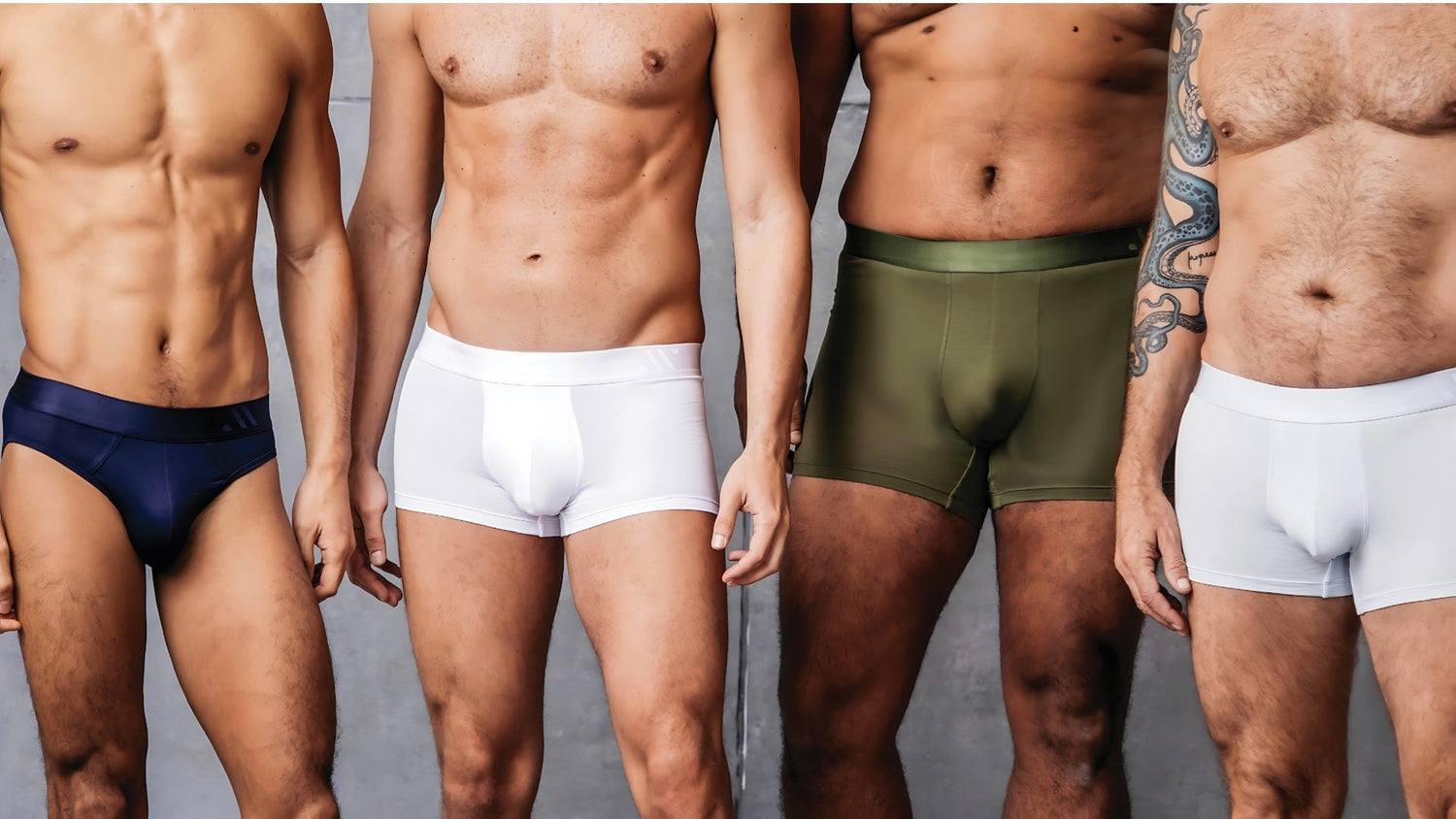
Signs It’s Time to Replace Your Underwear
If you're wondering whether your underwear is past its prime, look for these clear signs:
1. Stretched-Out Elastic
If your underwear is sagging, slipping, or no longer providing support, it’s time to replace it.
2. Holes, Tears, or Fraying
A few small holes might not seem like a big deal, but damaged fabric affects comfort and durability.
3. Lingering Odors
Even after washing, some odors remain trapped in the fabric. If your underwear doesn’t smell fresh, toss it.
4. Stains That Won’t Wash Out
Enough said. If stains persist, it’s time for a new pair.
How to Extend the Life of Your Underwear
If you invest in high-quality underwear—like ALPHX boxer briefs—you’ll want to take care of them properly to make them last.
1. Choose High-Quality Underwear
Not all underwear is created equal. Investing in premium fabrics like ALPHX’s ultra-soft blends ensures better longevity and comfort.
2. Follow Proper Washing Instructions
Always check the care label. Washing in cold water, avoiding bleach, and air-drying or tumble-drying on low heat can significantly extend the life of your underwear.
3. Use Laundry Bags
Protect your underwear from getting tangled or stretched by using mesh laundry bags. This simple trick prevents unnecessary wear and tear.
4. Rotate Your Pairs
If you wear the same few pairs repeatedly, they’ll wear out faster. Having at least 14–20 pairs allows for proper rotation, reducing stress on each pair.
When to Buy New Underwear
Replacing underwear on a regular schedule ensures freshness, comfort, and hygiene. Here’s a practical plan:
-
Every 1-2 months: Replace a few pairs
-
Every 6-12 months: Refresh your entire collection
-
Immediately: If you notice sagging, tears, or odors
How Many Pairs of Underwear Should You Own?
A solid underwear drawer should have 14-20 pairs. This allows for:
-
A two-week rotation without frequent laundry
-
Backups for travel or gym days
-
A mix of styles for different occasions
ALPHX offers a wide range of boxer briefs, trunks, and briefs designed for all-day comfort in sizes XS-XXL. Plus, ALPHX lets you choose a personalized leg fit for a better, more tailored experience.
The History Behind “A Pair of Underwear”
Ever wonder why we call underwear a "pair"? The term dates back to medieval times when undergarments consisted of two separate leg pieces, tied together at the waist. Over time, they evolved into a single garment, but the name stuck.
Time for a Refresh?
If your underwear drawer needs an upgrade, check out ALPHX’s latest collections for styles that combine comfort, support, and durability.




